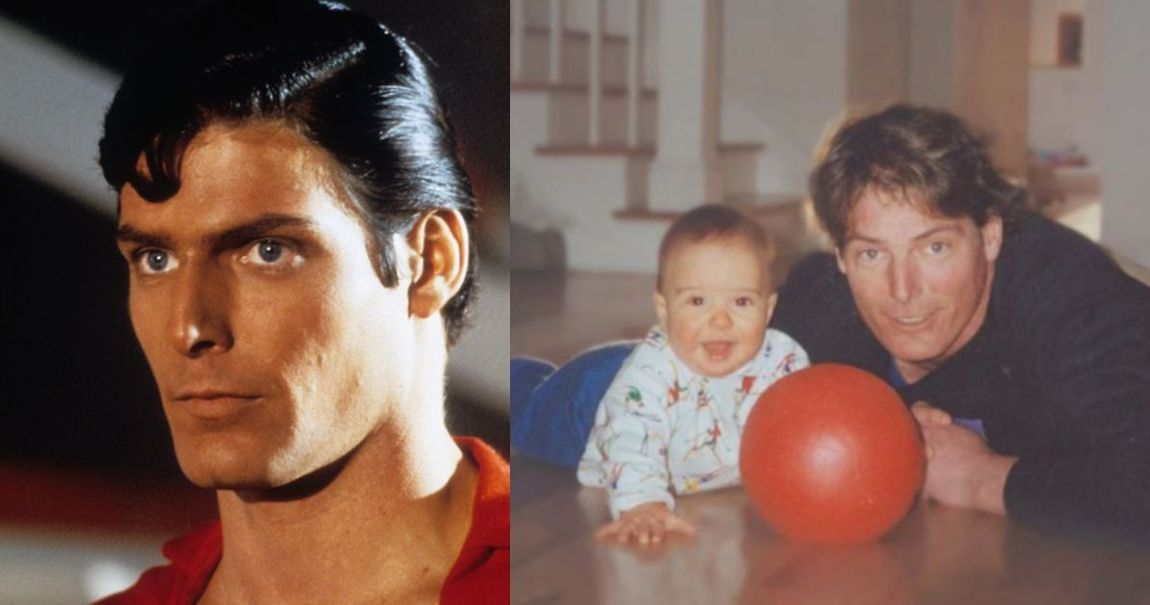
The research scientists need to heed the advice given by academic scientist 35, 36 and not oversell their findings to lay public/private practices as this often fuels unregulated clinical applications.ĭirect transplantation of hNSCs to replace damaged neural networks may be a viable approach in the treatment of severe TBI. Stem cell tourism as defined by CRIM () should be discouraged as the unregulated clinical use of cell therapy rampant all over the World 18, 31–34 is yet to provide a cure. The pretreatment of ES or iPSC derived NSCs with anti cancer drugs may mitigate the tumor incidence from such transplants. 30 Taken together unlike the proneuronal cultures of fetal week 8-16 NSCs (give rise exclusively to neurons for several weeks post transplantation), the heterogeneity of iPSC or ES cells derived NSCs (give rise to multiple cell types following transplantation) may contribute to their tumor potential. Data presented by Andres Persson at SfN 2016 suggests that astrocytes are the origin of brain tumors. To lower the tumorigenic potential of iPSCs researchers have taken to thorough neuralization protocols and screening of any undifferentiated ES cells, 29 or pre-treating cells with known anti-cancer drugs such as gamma secretase inhibitors (SfN 2016 Okano Hideyuki). However, there is a strong focus on inducible pluripotent stem cell (iPSC) derived NSCs due to the obvious advantage that it would be patient’s own cells, hence rendering it an autologous intervention that circumvents need for immunosuppression.

The tumorigenic potential of cells is highest in embryonic stem (ES) cells and diminishes in its progeny and is lowest in fetal neural stem cells. 18, 24, 26–28 There are big differences between cells that produced tumors and those deemed safe. 24, 25 In contrast, NSCs from other unrelated sources have been found to be safe. 19–21 Additional bad press for autologous stem cells came in 2017 22, 23 and the untimely termination of the Pathway Trial. 18 Due to lack of uniform standards across the globe and varying extent of regulations of the cell therapy approach adverse reaction cases have been reported to date. 16, 17 Athymic rats with TBI (Haus 2016), or Parkinson disease (Snyder 2016) have been used with neural stem cells derived from induced human pluripotent stem cells to demonstrate the viability of the approach.Ī variety of companies have derived and developed human fetal neural stem cells. Since the demonstration of ability to culture, expand human fetal neural stem in vitro, their genetic modification and engraftment in rodents post transplantation 12–15 multiple insights into how embryonic transplant derived neurons integrate into adult circuits (Gotz 2016) and technical advances studies have supported clinically relevant studies in immuno compromised or immuno suppressed animal. 9–11 There is an urgent need to explore additional treatment options to address long-term TBI related disabilities. 3–8 Among head injuries, penetrating injuries (PTBI) are associated with the worst outcomes, 9, 10 and no effective restorative treatment beyond physical therapy is currently available to mitigate post-TBI disability.

Thus, among the estimated 5.3million people living in the US with traumatic brain injury (TBI)-related disability, the proportion of gun-shot wound survivors has been rising steadily. 1, 2 Despite increasing incidence, timely neurosurgical intervention aided with improved neuroimaging and advances in acute trauma management have lowered the firearm fatality rate. Keywords: traumatic brain injuries, nscs, firearm injury, ptbi, ipsc Introductionįirearm injury is a serious public health problem in the United States (US) costing more than $70-75billion annually. Such behavior is distraction and this article focuses on an impediment to clinical application of human neural stem cells to mitigate TBI effects.

While it takes time to bring a preclinical product to clinic, certain members of the community set aside their medical training principles and rush to offer unproven, often hazardous cell therapies to desperate patients. However, such efforts are not yet relevant in the clinic. Over the past two decades, several preclinical studies at academic institutions and academic-industry partnership clinical trials have contributed significantly to our knowledge base.

Human neural stem cells (NSCs) are attractive candidates as both modulators of inflammation and candidate for cell replacement. Apart from rehabilitation, there is no therapeutic modality to mitigate disability after TBI. Central nervous system in mammals is incapable of self-repair and the reasons are poorly understood. Unresolved inflammation and ongoing neurodegeneration are thought to underlie injury-induced disability. Traumatic brain injuries (TBI) often result in disability in survivors.


 0 kommentar(er)
0 kommentar(er)
